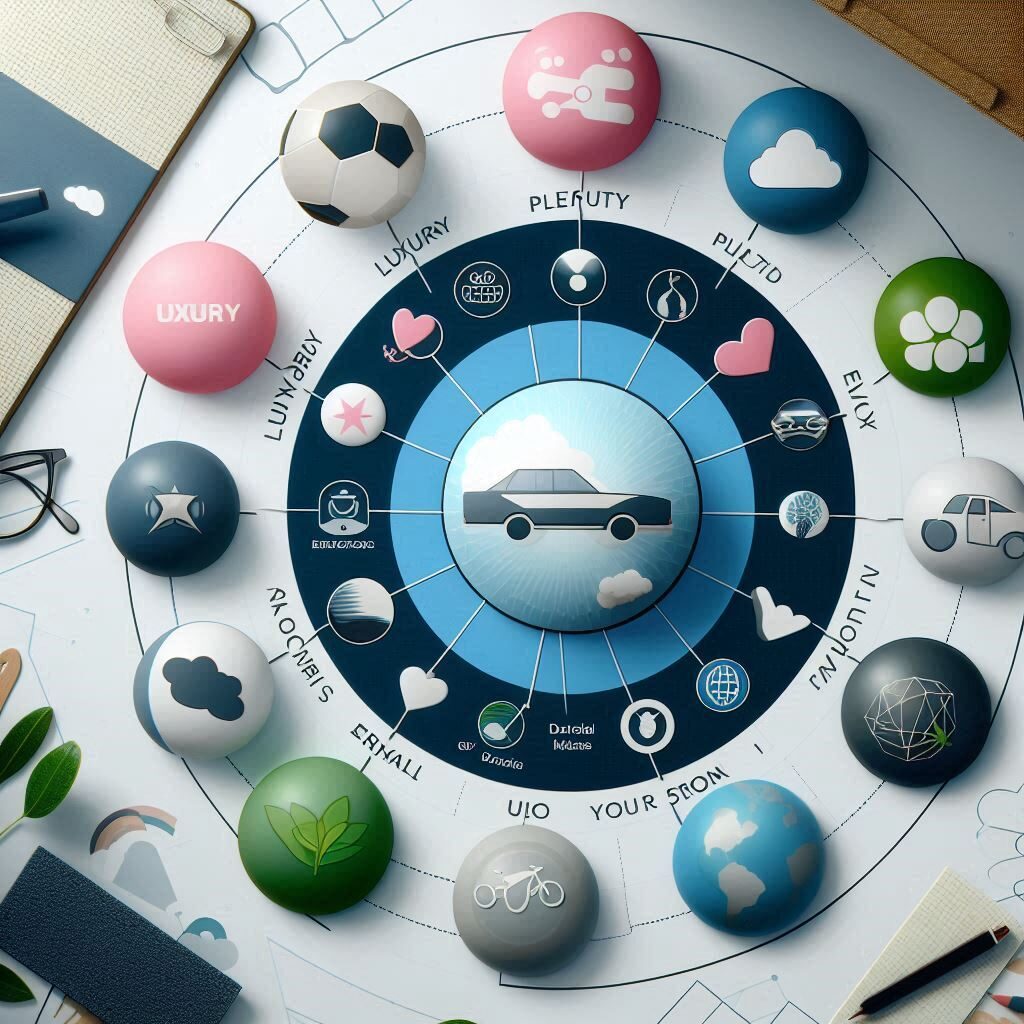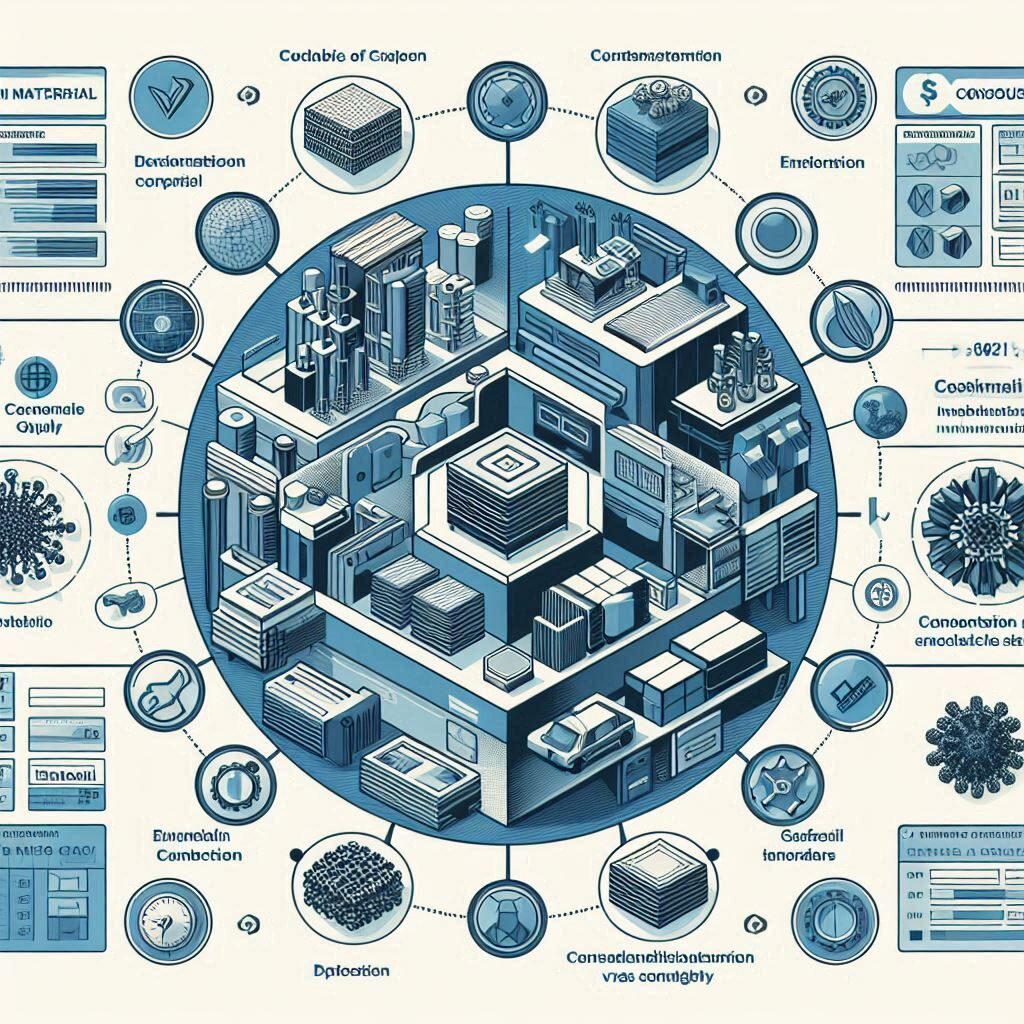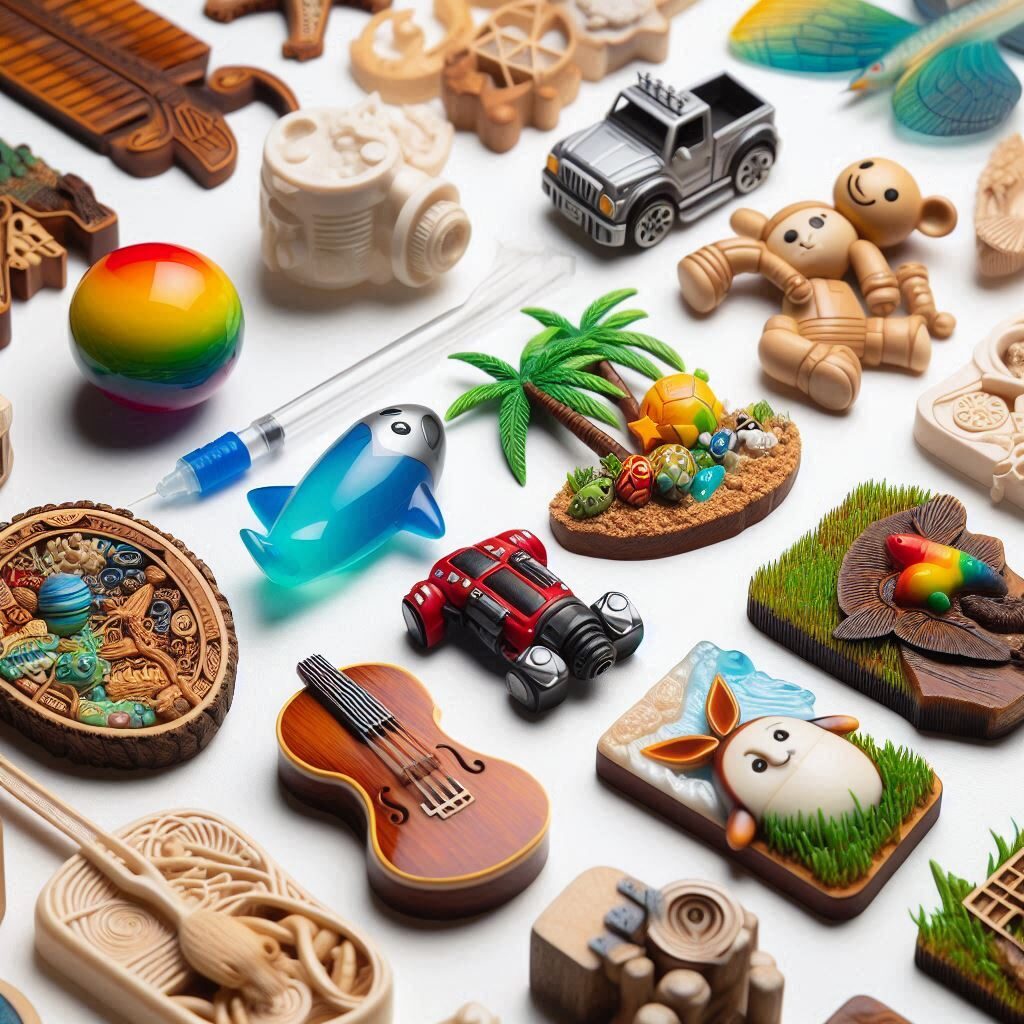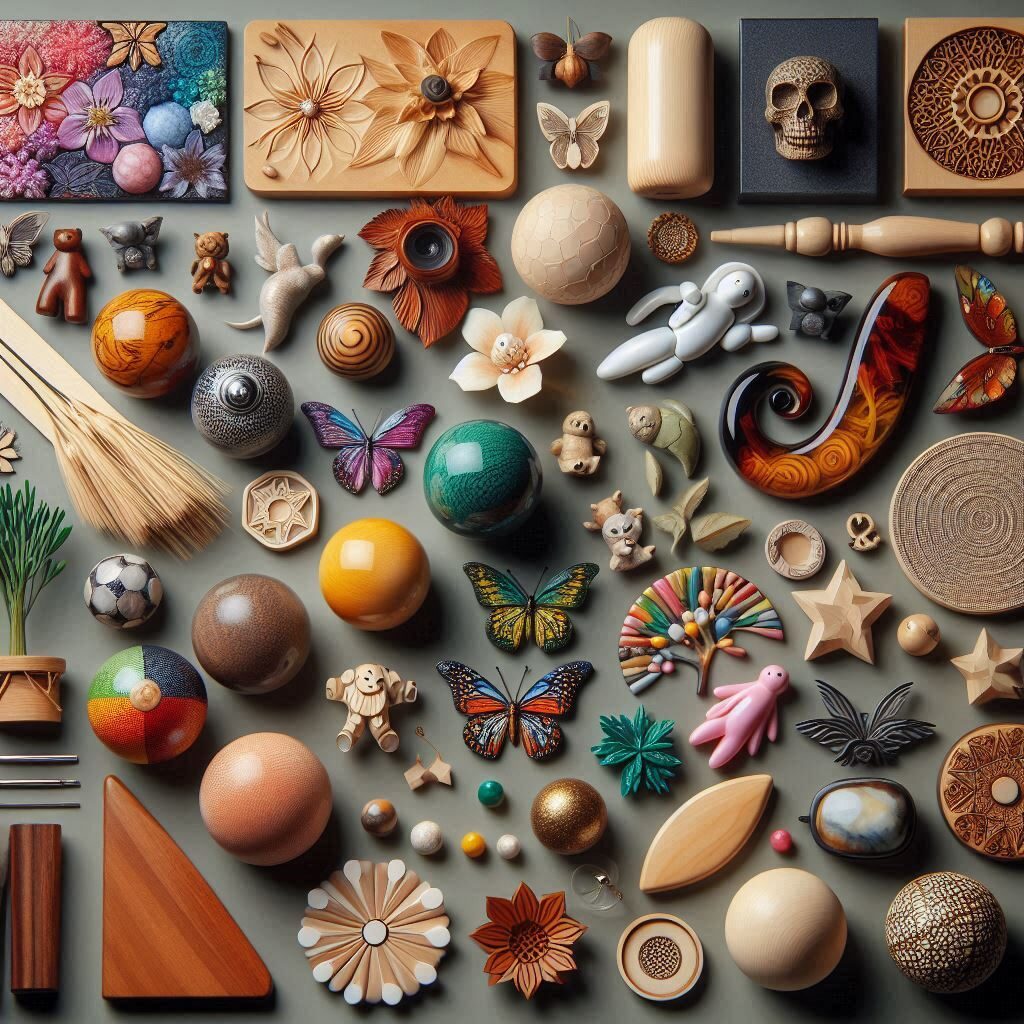When it comes to creating a captivating souvenir range, the choice of materials is crucial. High-quality souvenirs not only resonate with consumers but also reflect the culture and essence of the destinations they represent. In this guide, we will delve into essential tips for selecting the best materials for your souvenirs, ensuring they meet market demands while maintaining high standards of quality.
Understanding the Importance of Material Selection

Impact on Durability and Longevity
The materials used in your souvenirs play a significant role in determining their durability and longevity. For instance, resin is a popular choice due to its robustness and ability to withstand wear and tear. Durable souvenir products are more likely to please customers who seek value for their money. If a souvenir breaks easily, it not only affects customer satisfaction but also tarnishes your brand’s reputation. Therefore, selecting materials that promise durability is essential for maintaining a loyal customer base.
Effect on Aesthetic Appeal
Aesthetics greatly influence a customer’s purchasing decision. The right material can enhance the visual appeal of your souvenirs. For example, wood provides a traditional and rustic charm, while metal adds a modern touch. Understanding the aesthetic preferences of your target market is crucial. Are they leaning towards a vintage look, or do they prefer contemporary designs? Choosing materials that align with customer preferences can significantly boost sales and improve the perceived value of your products.
Relevance to Target Market Preferences
The choice of materials must align with the tastes and preferences of your target market. For example, eco-conscious consumers are increasingly seeking eco-friendly souvenir options. Incorporating sustainable materials not only meets customer expectations but also demonstrates your brand’s commitment to environmental responsibility. Understanding your audience’s preferences allows you to create products that resonate with them, ultimately leading to higher sales.
Common Materials Used in Souvenir Production

Resin: Versatile and Durable
Resin is one of the most versatile materials used in souvenir manufacturing. It can be molded into intricate designs and is available in various colors, making it an attractive option for diverse souvenir types. Its durability ensures that the products can withstand regular handling and display without damage. Moreover, resin for souvenirs can mimic the appearance of more expensive materials, allowing you to offer high-quality-looking products at a lower price point.
Wood: Traditional and Rustic
Wooden souvenirs evoke a sense of nostalgia and connect customers to local culture. They are often appreciated for their craftsmanship and organic appeal. However, sourcing wood responsibly is essential to avoid contributing to deforestation. By choosing sustainably sourced wood, you not only create beautiful products but also align your brand with eco-friendly practices, appealing to environmentally conscious consumers.
Metal: Sleek and Modern
Metal souvenirs, such as keychains and plaques, offer a sleek and modern aesthetic. They are often used for promotional items due to their durability and high perceived value. However, certain metals can be prone to scratches and corrosion. It’s essential to select high-quality metals and finish them properly to enhance their durability and visual appeal.
Eco-Friendly Options: Biodegradable Materials
With the rising demand for sustainable products, incorporating eco-friendly materials is a smart strategy. Options like bamboo, recycled plastics, and biodegradable materials not only appeal to eco-conscious consumers but also enhance your brand’s reputation. By offering sustainable souvenirs, you position your brand as a leader in environmentally responsible practices.
Key Considerations for Material Selection

Cost vs. Quality: Finding the Right Balance
Balancing cost and quality is crucial when selecting materials for your souvenirs. While cheaper materials can reduce production costs, they may compromise the quality and perceived value of your products. High-quality materials often lead to higher customer satisfaction and repeat purchases, making it essential to find a balance that works for your business model.
Customization Capabilities with Different Materials
Some materials offer more customization options than others. For example, resin allows for detailed designs and vibrant colors, making it easier to create unique products. On the other hand, wood may have limitations in terms of customization. Evaluate your product design needs against the material options available to ensure you can deliver on customer expectations.
Safety Standards and Compliance
Safety is a critical concern in souvenir manufacturing. Ensure that the materials you choose comply with safety standards relevant to your target markets. For instance, materials used in children’s souvenirs must adhere to stricter regulations. By prioritizing safety, you can avoid potential legal issues and build trust with your customers.
How to Choose the Right Material for Your Brand

Understanding Your Brand Identity
Your brand identity should guide your material choices. If your brand emphasizes luxury and sophistication, materials like glass or high-quality wood may be appropriate. Conversely, if your brand is playful and fun, colorful resin options might be more fitting. Aligning your material choices with your brand identity strengthens your overall marketing strategy.
Customer Feedback and Market Research
Engaging with your customers for feedback can provide valuable insights into their material preferences. Conduct surveys or gather reviews to understand what materials resonate most with your audience. By listening to your customers, you can make informed decisions that enhance your product offerings and increase customer satisfaction.
Collaborating with Experienced Manufacturers
Partnering with experienced manufacturers can significantly ease the material selection process. They can provide insights into the latest trends and technologies in material sourcing, ensuring your souvenirs meet market demands. A reliable manufacturer will also help you navigate any challenges related to material selection and compliance.
Case Studies: Successful Material Choices in Souvenir Products

Highlighting Effective Material Use in Real Examples
Examining successful brands can provide valuable lessons in material selection. For example, a well-known souvenir brand might have achieved success by using sustainable materials, thereby appealing to eco-conscious consumers. Highlighting such case studies can inspire your decisions and inform your strategies.
Lessons Learned from Material Selection Challenges
Understanding challenges faced by other businesses in material selection can inform your decision-making process. Learn from their experiences to avoid similar pitfalls in your operations. For instance, a brand may have struggled with supplier reliability, prompting them to diversify their material sources.
Recommendations for Future Projects
Use insights gained from case studies to inform your future material selection strategies. Staying ahead of market trends and being open to innovative materials will position your brand favorably in a competitive landscape.
Frequently Asked Questions (FAQs)
What are the most popular materials for souvenirs?
The most popular materials include resin, wood, metal, and eco-friendly options like bamboo or recycled materials.
How do I ensure the quality of materials used?
Establish relationships with trusted suppliers, conduct regular quality checks, and seek certifications where applicable.
Can I customize materials for my souvenirs?
Yes, many materials, especially resin, offer significant customization options to cater to unique designs and customer preferences.
What eco-friendly materials are available?
Options include biodegradable plastics, bamboo, and recycled materials that appeal to eco-conscious consumers.
How do materials impact the pricing of souvenirs?
Higher-quality materials generally lead to higher production costs but can justify higher retail prices, ultimately affecting your profit margins.
- Beyond the Canton Fair: Vetting and Auditing Your Ideal Custom Manufacturer Remotely - October 15, 2025
- Seasonal Sourcing Strategies: Optimizing Inventory Flow for Peak Tourist Demand (Summer & Holidays) - October 8, 2025
- Customization ROI: Why Branded Merchandise Drives Higher Customer Lifetime Value (CLV) - October 2, 2025




